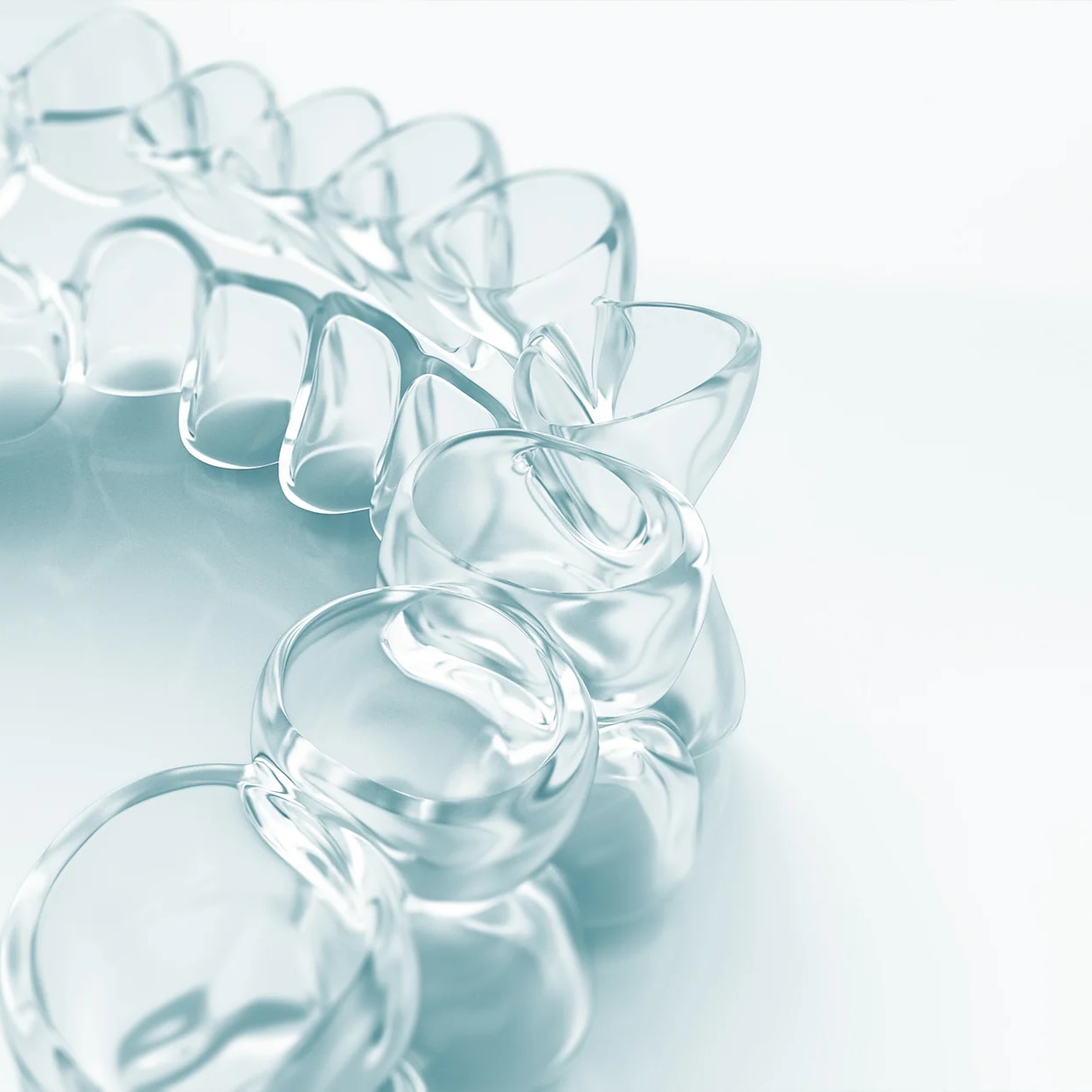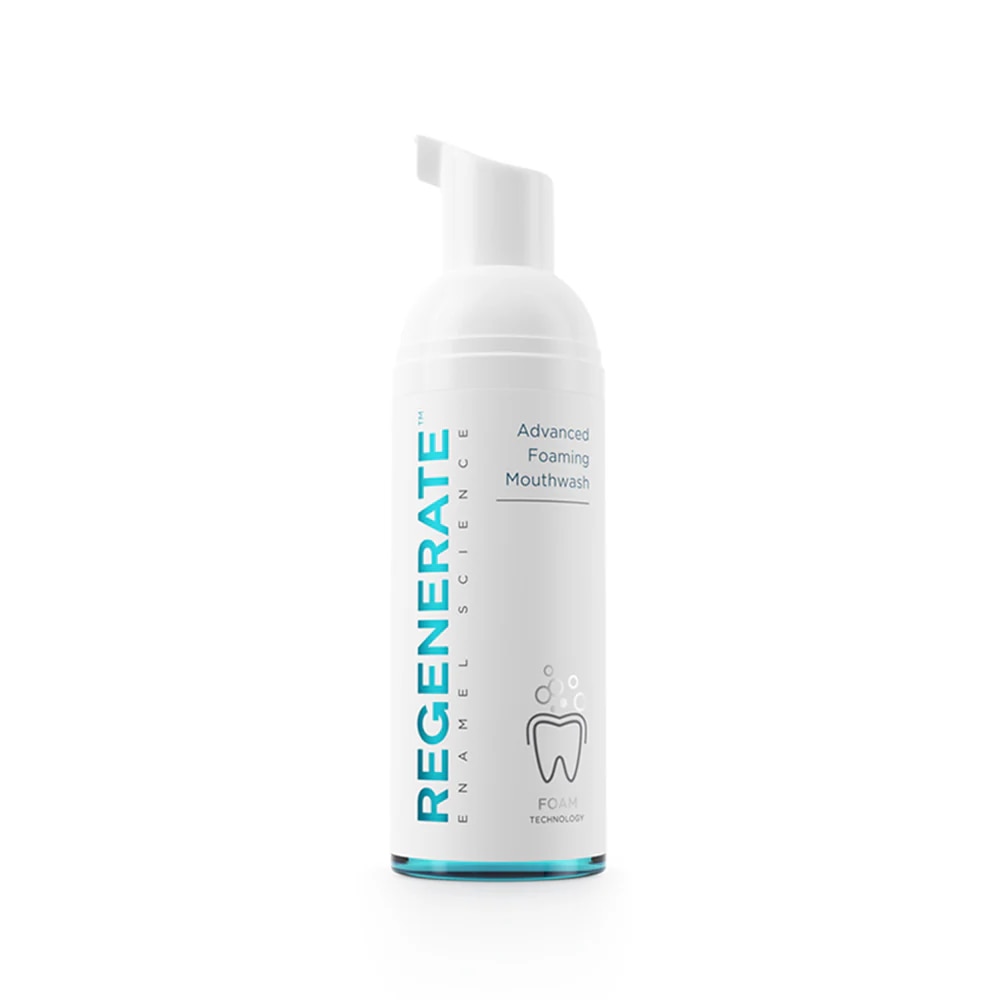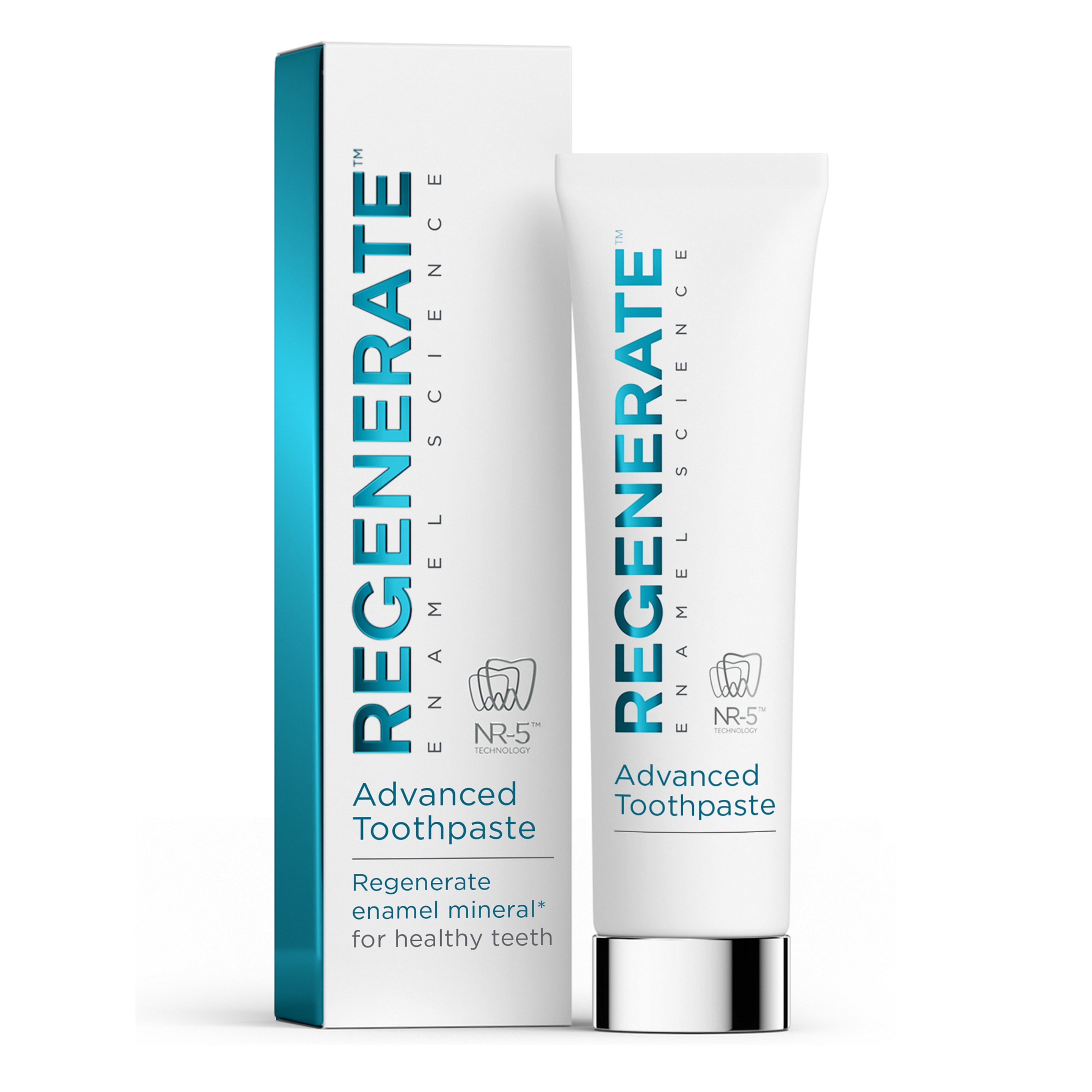Before establishing any steps for prevention, it’s good to first understand what demineralisation is and how this could lead to erosion of teeth enamel.
Enamel demineralisation caused by acids – sometimes referred to as an ‘acid attack’ - happens when enamel comes into contact with acidic substances: either those introduced into the mouth in food and drink, or acids that are produced by the bacteria living in the mouth³.
Demineralisation of the teeth is the process whereby minerals present in the enamel are lost. Enamel is the hard, protective outer layer of your teeth, and up to 95% of your enamel is made up of mineral⁴. Loss of this mineral can be due to a number of factors, including erosion and dental caries, which, as we’ve seen, can be caused by ingesting acidic foods, or by a build-up of dental plaque⁵.
When you consume acidic food or drinks, your enamel can become softer. Often, natural remineralisation of your teeth is possible as saliva helps to neutralise these acids and promote the remineralisation process. It is worth noting that frequent contact with acidic substances makes it difficult for saliva to remineralise enamel and in this case, enamel can become damaged⁶.
As demineralisation of the teeth occurs, your enamel loses its protective power, and the exposure of the dentin and the pulp can give rise to unwanted symptoms.
As demineralisation of the teeth occurs, your enamel loses its protective power, and the exposure of the underlying dentine and the pulp can give rise to uncomfortable and unpleasant symptoms.
Symptoms associated with enamel erosion caused by demineralisation include:
- Sensitivity: In particular, when your teeth encounter hot, cold, or sour foods and drinks.
- Discolouration: As the white to an off-white protective layer of enamel is lost, it may leave your teeth looking yellow. This is exposed dentine.
- Damage: Cracks or chips are more likely as your teeth become more vulnerable to being damaged.
- Transparency: When tooth enamel gets thinner, teeth may look translucent. This is particularly noticeable at the biting edges.
- Tooth pain: If the protective layer of enamel is lost you may experience severe pain in your teeth.
So, now you know about enamel erosion and demineralisation and remineralisation of teeth, but where do dental aligners come into the equation? Let’s find out.





